Could a water bottle hatch your backyard eggs? This simple, homemade incubator might turn your kitchen into a hatching hub. For seniors looking to explore a fun, low-cost hobby, this DIY project could spark joy and a new skill.

Hatching eggs at home can be tricky without the right tools. Expensive incubators, inconsistent temperatures, or lack of know-how can lead to failed hatches, wasting time and money. Many seniors, especially those on fixed incomes or living rurally, face challenges in starting small poultry projects. Without a reliable setup, you might miss out on the rewards of raising chicks, like fresh eggs or the satisfaction of a sustainable hobby.
We’re counting down six steps to build a water bottle egg incubator, building to the most critical tip for successful hatching. We’ll share two surprising insights to keep you curious, and the final step will reveal a game-changer for your setup. Stay with us to learn how to hatch eggs on a budget.
The problem is urgent. Store-bought incubators can cost hundreds of dollars, out of reach for many seniors looking to start a backyard flock. Improper temperature or humidity can ruin eggs, leading to disappointment or financial loss. Research shows that consistent conditions—around 99.5°F and 50–60% humidity—are crucial for hatching, yet many DIY attempts fail due to lack of clear guidance. Seniors with limited mobility or access to supplies risk frustration without an affordable, simple solution, making a budget-friendly incubator a game-changer.
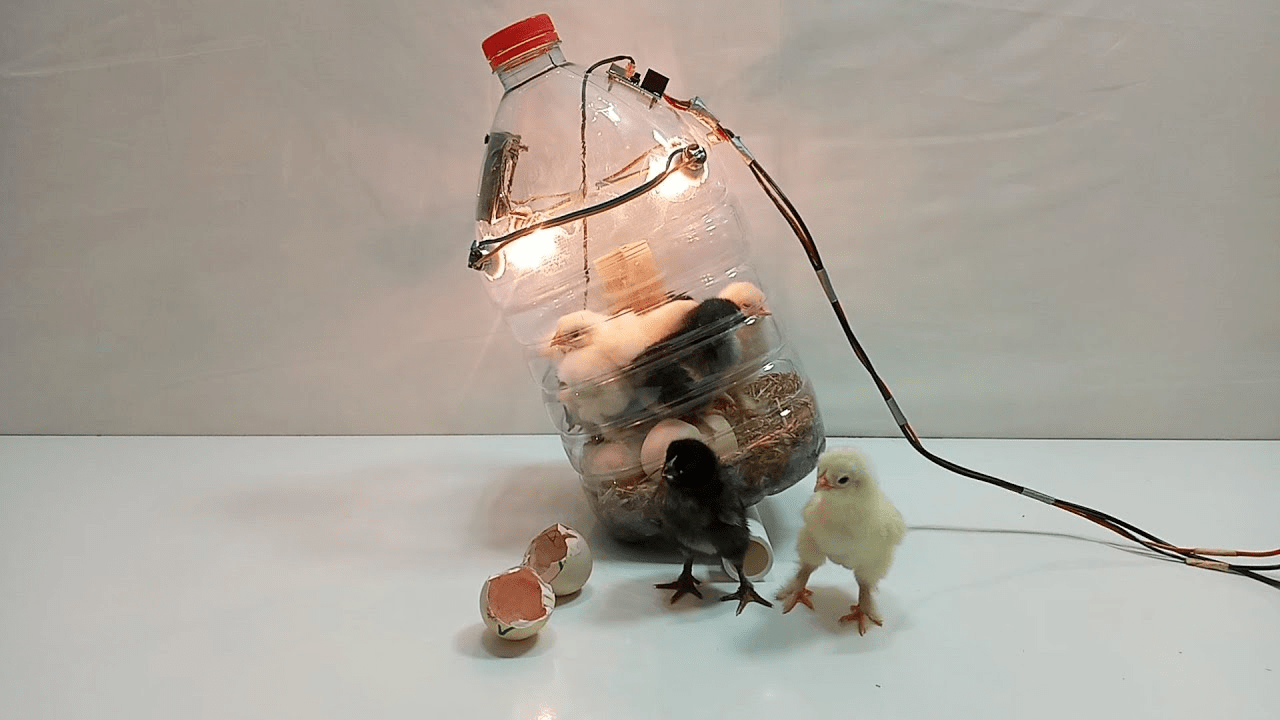
Here’s step six: gather basic materials. You’ll need a 2-liter plastic water bottle, a small light bulb, and a few household items to start. These keep costs low, as research suggests simple setups can work if done right. Step five: create a stable heat source. A 25-watt bulb inside the bottle might maintain the needed temperature. Here’s a surprise: could a common kitchen item boost your success? By step four, you’ll see how it stabilizes your setup.
Step four: add a water tray for humidity. That surprise—a small sponge or cloth in a shallow dish inside the incubator can help maintain 50–60% humidity, crucial for egg development. Step three: ensure proper ventilation. Cutting small holes in the bottle allows air circulation, preventing mold or overheating. Research indicates ventilation is key to embryo health during incubation.
Step two: monitor temperature closely. Using a thermometer to check the 99.5°F mark might prevent egg damage. Here’s another surprise: could a simple tweak make turning eggs easier? By step one, you’ll discover a trick to simplify the process.
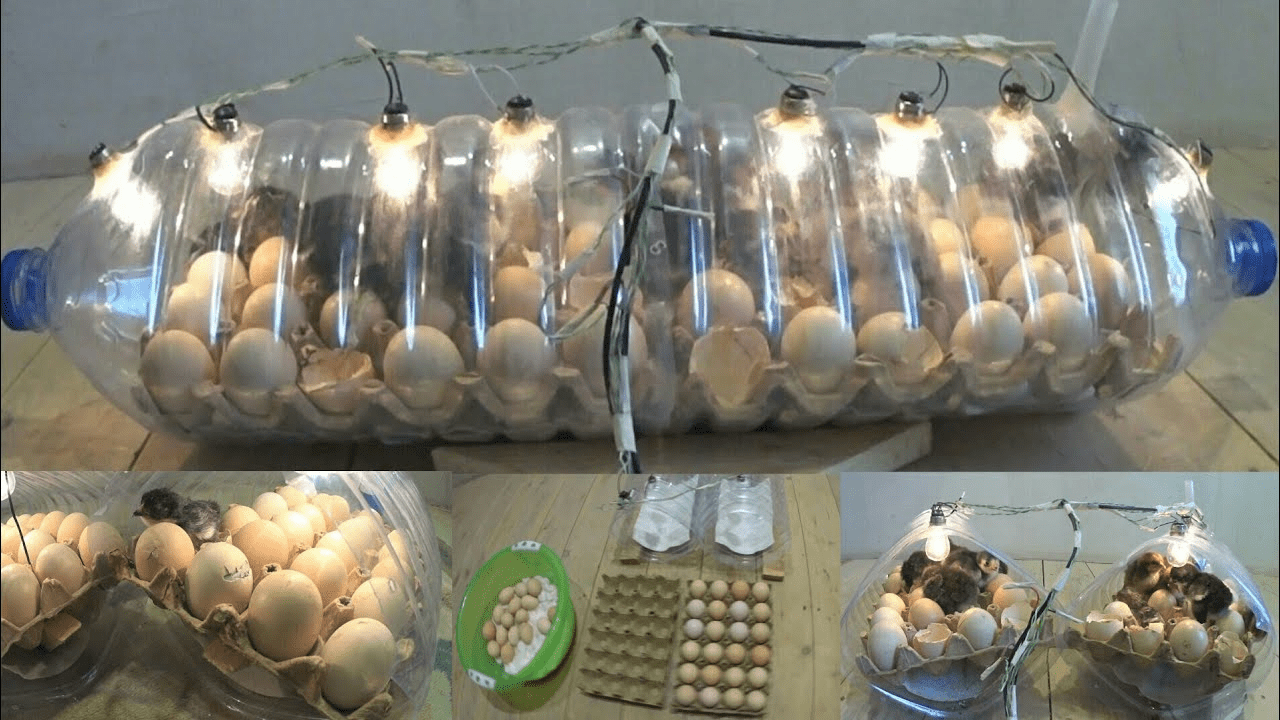
Now, the final step—step one: turn eggs daily. This is the most critical because gently rotating eggs three times daily mimics a hen’s movement, ensuring embryos don’t stick to the shell. Studies show regular turning boosts hatch rates by up to 80%, making it the key to success.
Here’s how to build it safely: start with a clean 2-liter plastic water bottle, cut in half to create a base and lid. Place a 25-watt bulb in a small socket (like a lamp base) inside the bottom half, securing it with tape. Add a small dish with a damp sponge for humidity, and cut four ¼-inch holes in the top half for ventilation. Place a thermometer inside to monitor 99.5°F, adjusting the bulb’s distance if needed. Set fertile eggs (from a trusted source) on a soft cloth, and cover with the top half. Turn eggs three times daily, and keep the setup in a draft-free room. Always consult a healthcare professional if handling eggs or poultry, as raw eggs can carry bacteria like Salmonella, risky for those with weakened immunity or allergies.
To make it practical, use a digital thermometer for accuracy, and check it twice daily. Keep the incubator away from windows or vents to avoid temperature swings. Mark eggs with a pencil to track turning, rotating them 180 degrees each time. Sterilize the bottle and materials before starting to prevent contamination. Monitor for 21 days (chicken egg hatching time), and stop if you notice foul odors or cracked eggs, as these may indicate failure. If you experience skin irritation or respiratory issues from handling eggs, stop and seek medical advice.
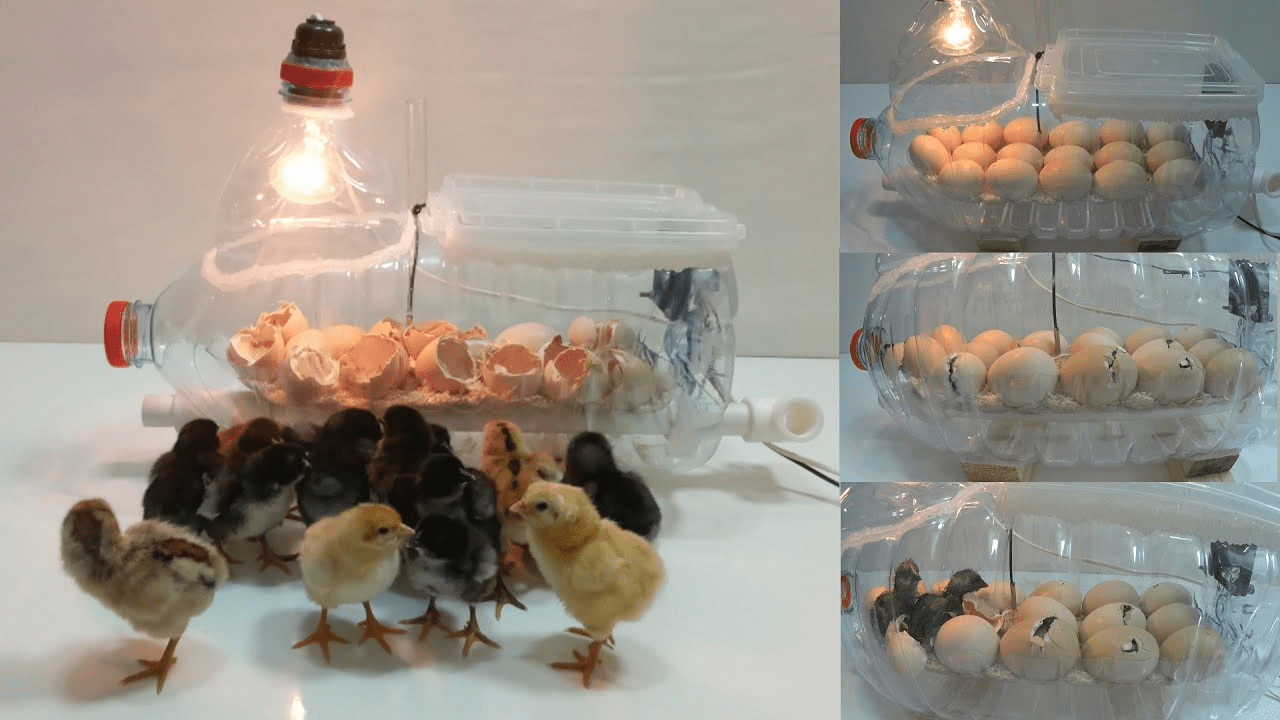
These six steps offer a practical approach, but success isn’t guaranteed. Research shows consistent temperature, humidity, and turning are critical for hatching, with simple setups like this achieving up to 60% success rates in ideal conditions. Be cautious—improper handling can spread bacteria, and electrical setups risk fire if not monitored. Start with a few eggs, check conditions daily, and stop if issues arise. Hatching outcomes vary based on egg quality and setup precision.
Take Margaret, a 67-year-old retiree who wanted fresh eggs but couldn’t afford a fancy incubator. She built a water bottle incubator after researching local poultry guides, using eggs from a neighbor’s hen. Over 21 days, she hatched three chicks, boosting her joy and confidence in her new hobby. Her story shows how a simple project, done carefully, might make a difference.
Why focus on this incubator? It’s a low-cost, accessible way for seniors to start a rewarding hobby, using items likely at home. Unlike commercial incubators, it’s budget-friendly, but it requires diligence to succeed. If you have limited mobility or health concerns, ensure you can safely manage the setup or ask for help. Pair with habits like researching egg sources or joining local poultry groups for support.
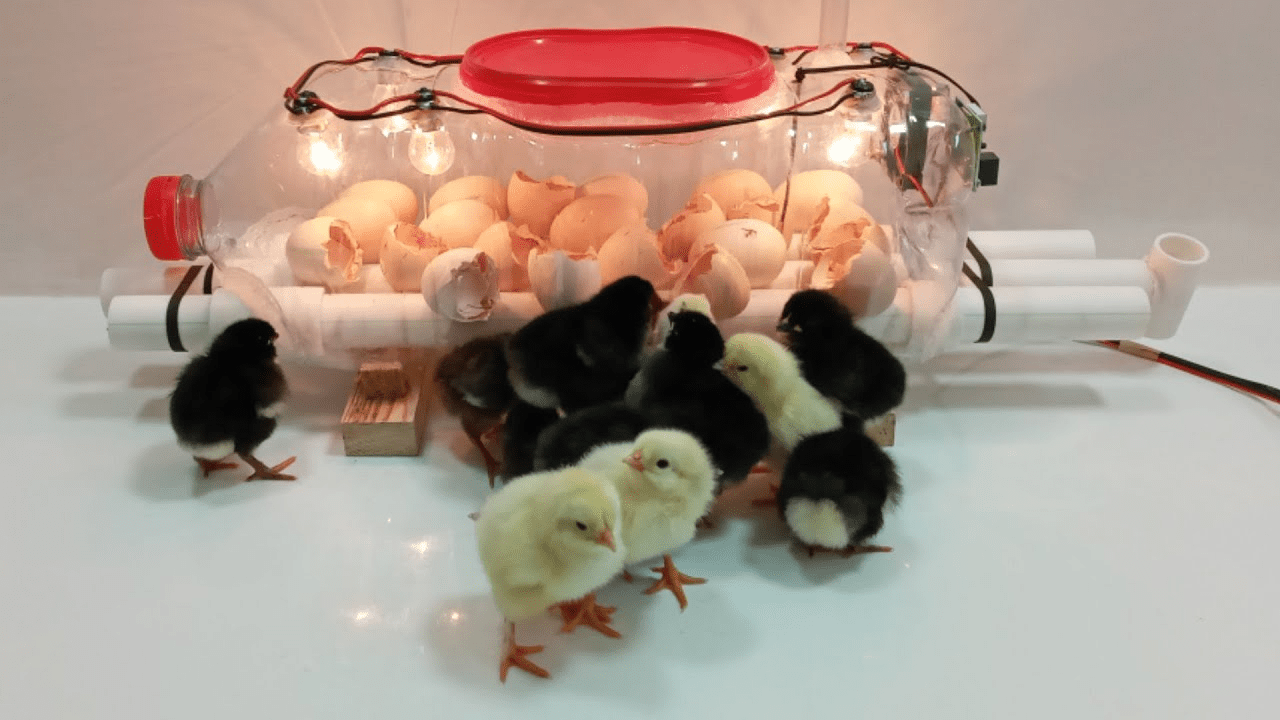
The beauty of this project lies in its simplicity. You don’t need expensive gear—just a bottle, bulb, and care. Research suggests precise temperature and humidity control can rival store-bought incubators for small batches. Avoid using damaged bottles or high-watt bulbs to prevent overheating. If you see chicks hatch, that’s progress, but always seek expert advice for persistent issues.
Why six steps? Each addresses a key part of hatching—materials, heat, humidity, ventilation, monitoring, and turning—for a balanced approach. The final step—turning eggs—is critical to prevent embryo loss. Precision and patience are key, so start small and stay diligent. This project could spark a new passion without breaking the bank.
Consider Frank, a 70-year-old who loved tinkering but struggled with store-bought incubators. He tried the water bottle method after reading up, paired with careful egg turning. By day 21, he hatched two chicks, delighting in his new backyard flock. His experience shows how a DIY approach can work when done thoughtfully.
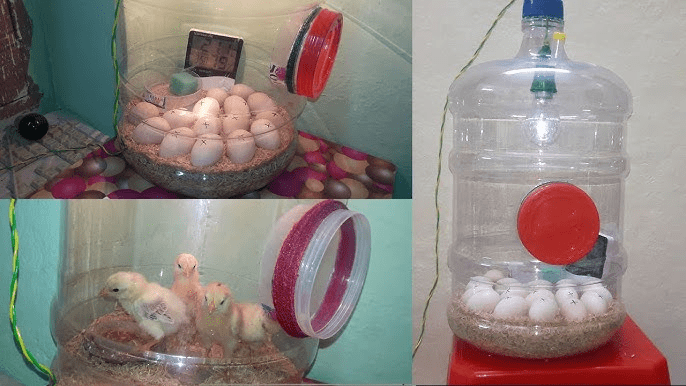
This incubator’s success comes from its affordability and simplicity, but it’s not foolproof. Poor egg quality or temperature fluctuations can lead to failure, and handling eggs carries health risks. Use clean materials, monitor closely, and stop if you notice hazards like overheating. Pair with learning from local farmers for the best results, and always prioritize safety.
Ready to hatch your own eggs? Gather a water bottle, bulb, and thermometer tonight to start your incubator. Try it with a few eggs this week, noting your setup’s temperature and humidity, and share your progress with a friend or local farmer. Always consult a healthcare professional if handling eggs to ensure safety. What could this DIY project do for your hobby?
This article is informational only and does not replace professional medical advice — recommend readers consult a qualified healthcare provider for personalized guidance.

